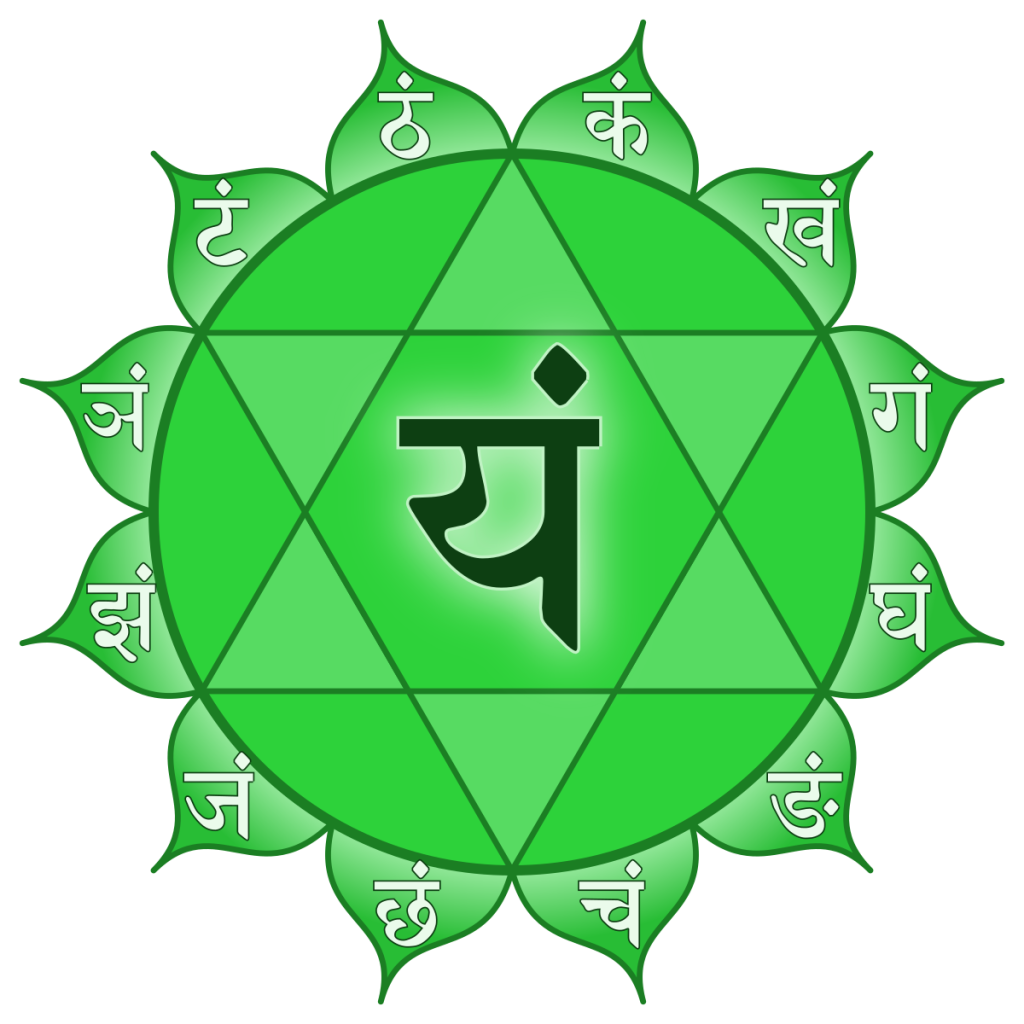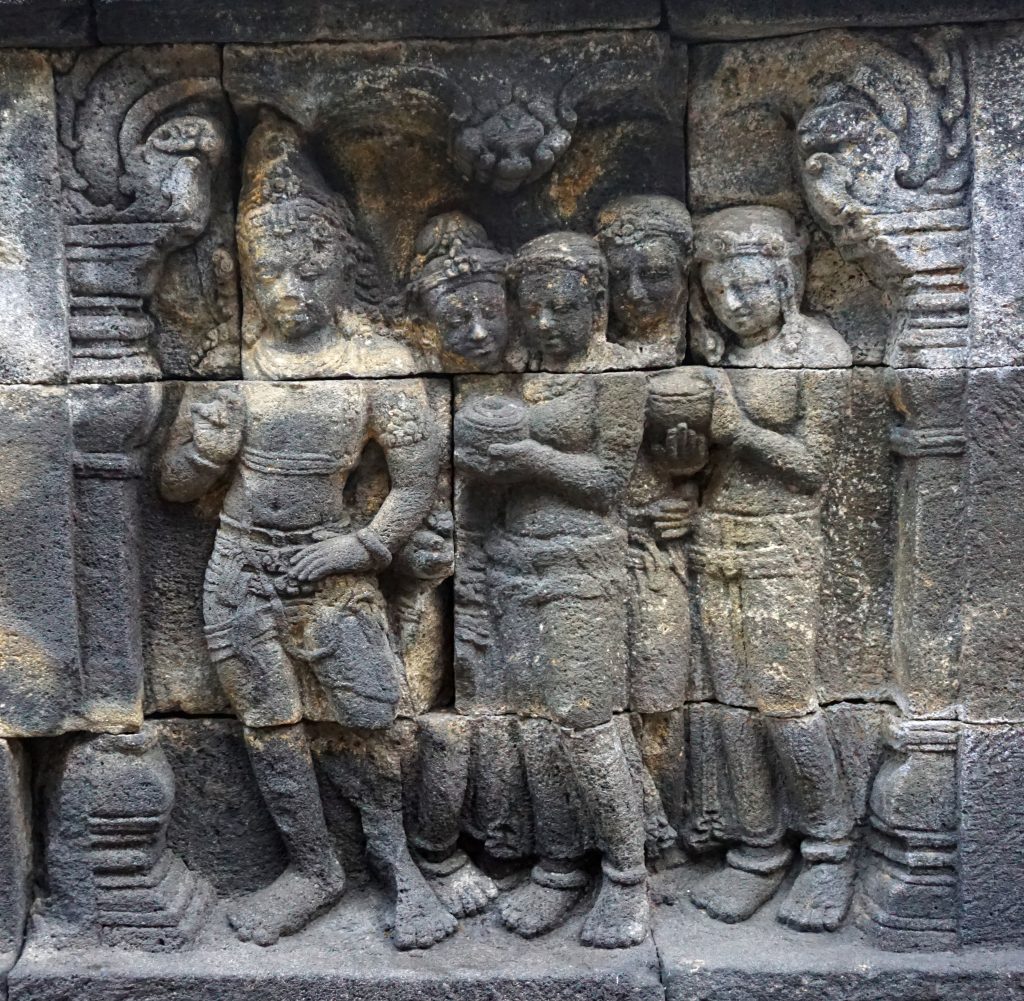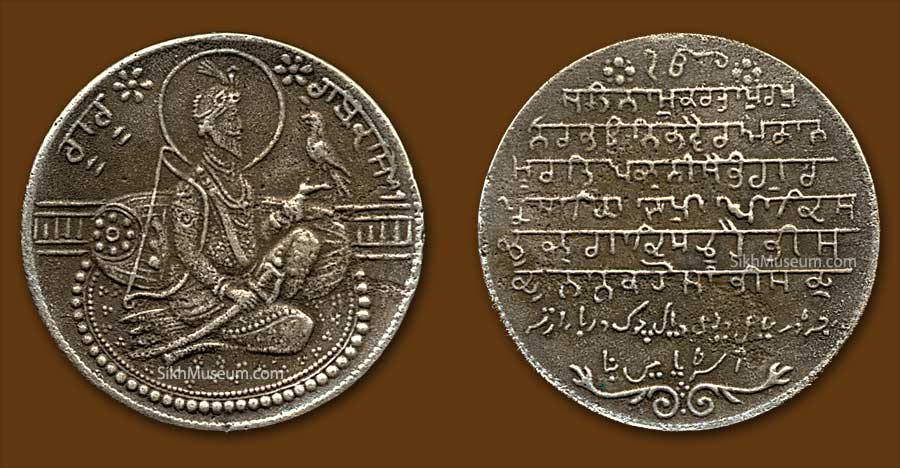ANAHATASABDA figures variously in the Guru Granth Sahib as anahadasabad, anahadatura, anahadajhunkara, anahadabain, anahatanada, anahadabani and anahadadhumand in the Dasam Granth as anahadabani and anahadabaja. The word anahata is from the Sanskrit language. It occurs in Pali and Prakrit texts as well. In the Sanskrit original, it implies unstruck; it stands for pure or immaculate in Pali and for eternal in the Prakrit. The suffix words like sabad or sabda, tura, jhunkara, bani and dhuni stand for word, rhythm, sound or speech. Thus, anahatasabda would mean the unstruck or pure or eternal sound. In a theistic system, anahatasabda would signify an eternal voice symbolizing the reality of God.
Uncover the spiritual essence of Amrapuri, the eternal city, as described in Sikh scripture. Explore its significance and timeless allure.
Explore the concept of Maya in Indian tradition as the veil concealing reality, its cosmic power, and its unique interpretations in Sikhism.
Explore the concept of Moh, its impact on perception and reality, and why shedding attachment leads to spiritual enlightenment in Sikhism.
Discover the profound significance of the Mul Mantra in Sikhism. Learn its role in meditation, ritual, and spiritual guidance. Invoke divine understanding.







